Growing Geriatric Population
The aging population is a significant factor influencing the Dermatology Lasers Market. As individuals age, they often experience various skin conditions, including wrinkles, age spots, and other signs of skin damage. This demographic shift is leading to an increased demand for dermatological treatments, particularly those that utilize laser technology. The market is responding to this trend by developing targeted laser solutions that cater to the unique needs of older patients. With the geriatric population expected to grow substantially, the market is likely to expand, driven by the need for effective and minimally invasive skin treatments that enhance quality of life.
Rising Awareness of Skin Health
Increased awareness regarding skin health and aesthetics is propelling the Dermatology Lasers Market forward. Consumers are becoming more informed about skin conditions and the available treatment options, leading to a higher demand for laser therapies. This trend is particularly evident among younger demographics who prioritize skin care and are willing to invest in aesthetic procedures. The market data indicates that the demand for non-invasive treatments is on the rise, with laser procedures being favored for their effectiveness and minimal downtime. As educational campaigns and social media influence continue to promote skin health, the market is likely to see sustained growth, with a focus on innovative laser technologies.
Expanding Applications of Laser Treatments
The Dermatology Lasers Market is witnessing an expansion in the applications of laser treatments, which is a key driver of market growth. Initially used primarily for hair removal and tattoo removal, lasers are now being utilized for a variety of dermatological conditions, including vascular lesions, psoriasis, and skin rejuvenation. This diversification of applications is attracting a broader patient base, as more individuals seek effective solutions for various skin issues. Market analysis suggests that the increasing versatility of laser technologies will contribute to a robust growth trajectory, with projections indicating that the market could reach several billion dollars in the next few years.
Increased Investment in Aesthetic Medicine
Investment in aesthetic medicine is a driving force behind the growth of the Dermatology Lasers Market. As more healthcare providers recognize the profitability of aesthetic procedures, there is a notable increase in the acquisition of advanced laser technologies. Clinics and dermatology practices are expanding their service offerings to include a wider range of laser treatments, thereby attracting more clients. Market data indicates that the aesthetic segment is one of the fastest-growing areas within dermatology, with laser treatments being a cornerstone of this growth. This trend is expected to continue, as both practitioners and patients increasingly prioritize aesthetic outcomes.
Technological Innovations in Dermatology Lasers
The Dermatology Lasers Market is experiencing a surge in technological innovations that enhance treatment efficacy and patient safety. Advanced laser systems, such as fractional lasers and picosecond lasers, are gaining traction due to their precision and reduced recovery times. These innovations not only improve outcomes for conditions like acne scars and pigmentation but also expand the range of treatable skin issues. The integration of artificial intelligence in laser devices is also emerging, allowing for personalized treatment plans based on individual skin types and conditions. As a result, the market is projected to grow significantly, with estimates suggesting a compound annual growth rate (CAGR) of over 10% in the coming years, driven by these advancements.


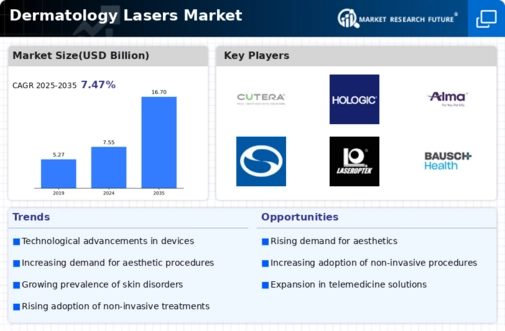
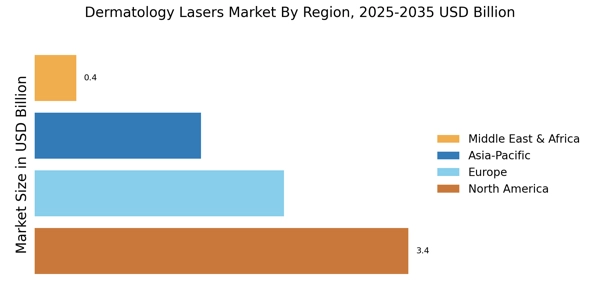
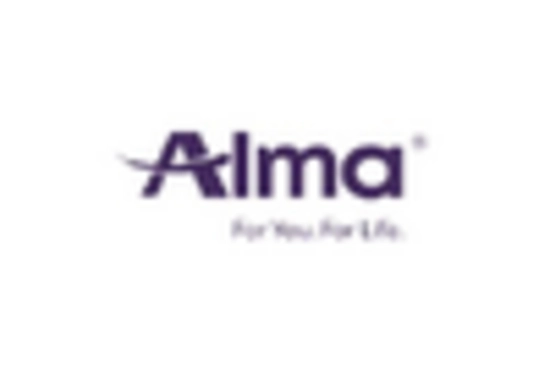
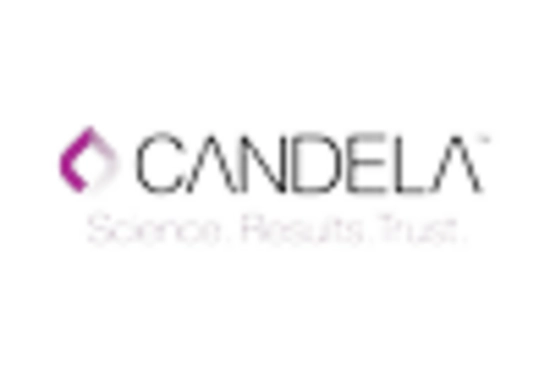
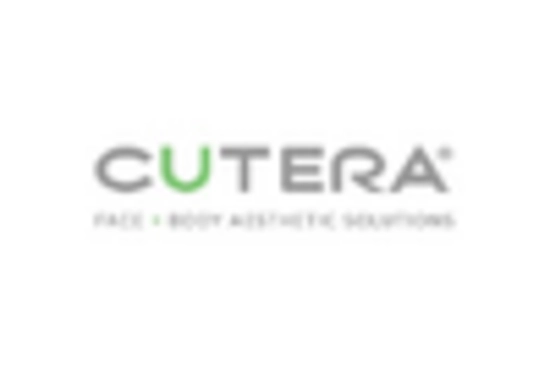
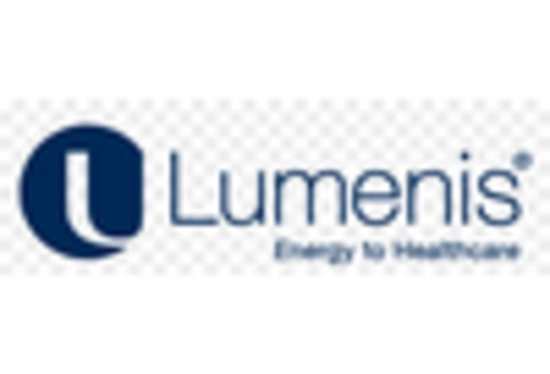
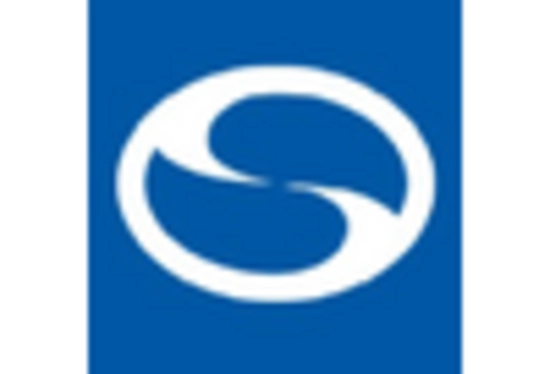
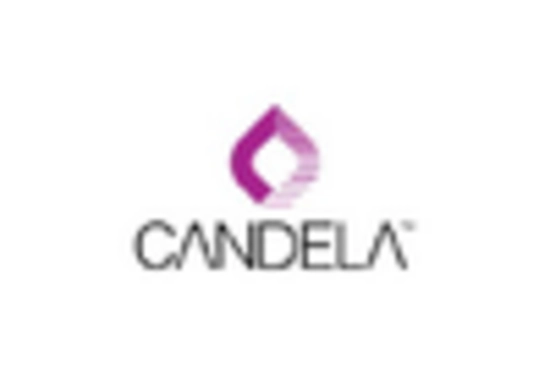








Leave a Comment